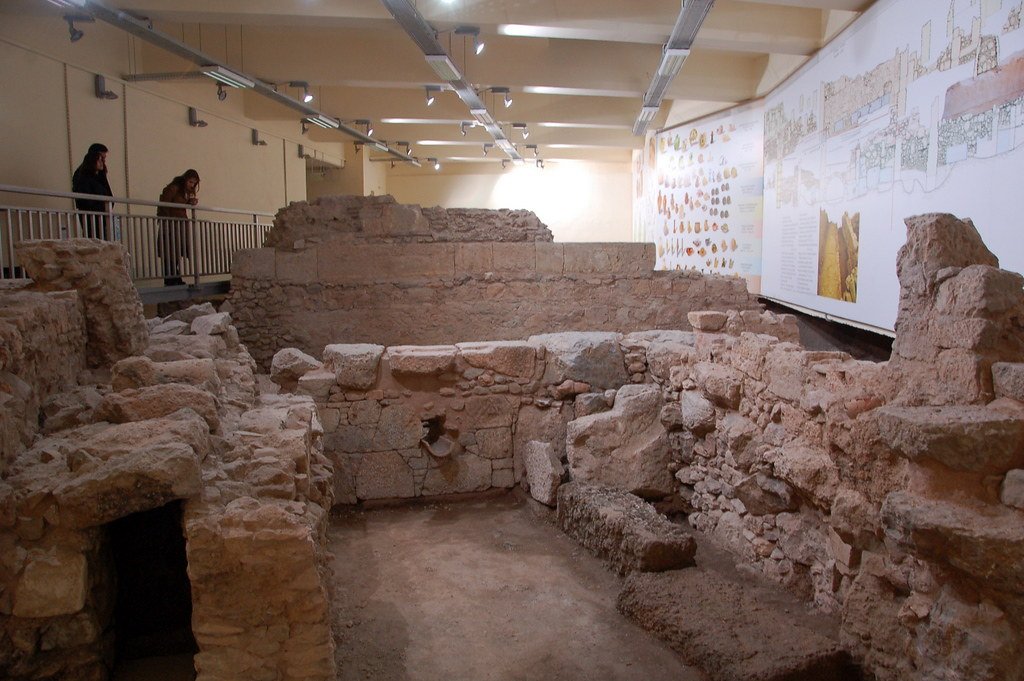The Metro Museum is a unique attraction of Athens that can be visited almost 24 hours a day. A linear communication system with unique artistic collections. These are showcases full of ancient treasures and exhibitions presenting modern works. When entering the Athens metro, we are surrounded by art, and elements of this largest public gallery can be found in almost thirty stations in smaller or larger versions.
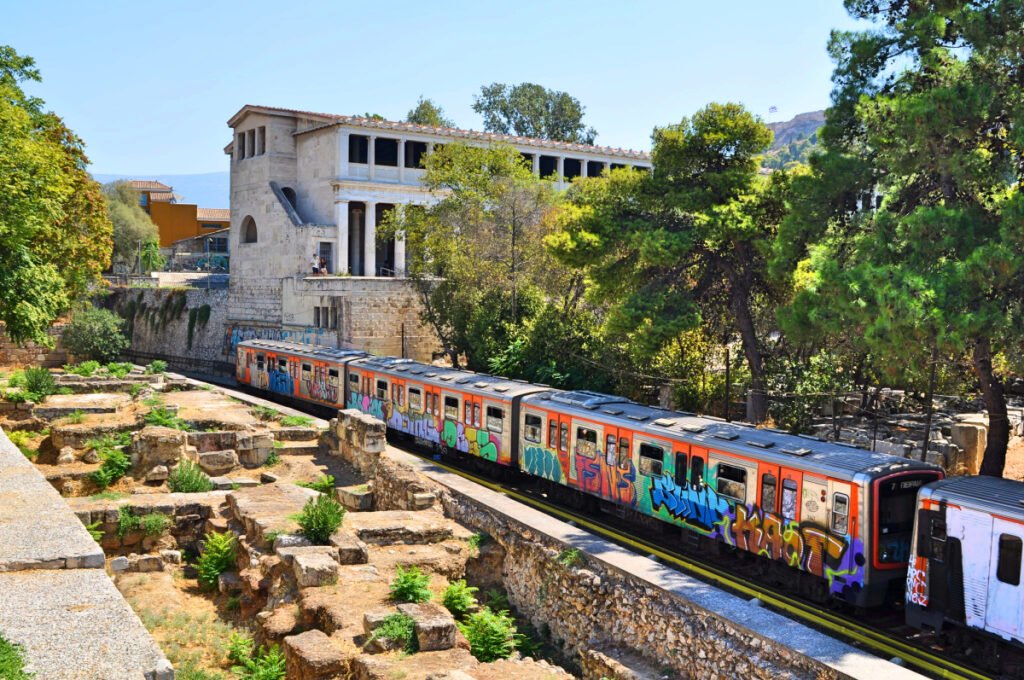
When were subway exhibitions created?
It was an investment in traction prepared for the 2004 Olympic Games. The process of archaeological work and excavations was not an easy task because it was necessary to ensure that the finds were not damaged, a team of several dozen archaeologists was needed. Each time a new discovery was made, subway construction was halted. During this painstaking process, scientists found more than 50,000 artifacts, including ancient city walls, pottery and even parts of an aqueduct, a necropolis and an ancient road.


What items can I see in metro stations?
Syntagma, Akropolis and Monastiraki stations, located near the most important monuments in Athens, have exhibitions of objects found during the construction of the metro (over 100 years ago). The exhibition includes finds from the prehistoric and classical periods. In the underground corridors you can see copies of exhibits from the Acropolis Museum and models of archaeological research accompanying the construction. The photo shows copies of the sculptures on the eastern pediment of the Parthenon, at the entrance to the Acropolis station (their originals are in the British Museum in London).
Syntagma Station
Syntagma It is the most popular station on the Athens metro. Already in the main hall we will see a large clock. Its author is the outstanding Greek sculptor Thodoros Papadimitriou (1931-2018). And passengers who look up will be rewarded with the view of the spectacular Atrium of Jorgos Zongolopoulos (1903-2004), which is a mirage of the artist’s characteristic umbrellas, light, glass and water.
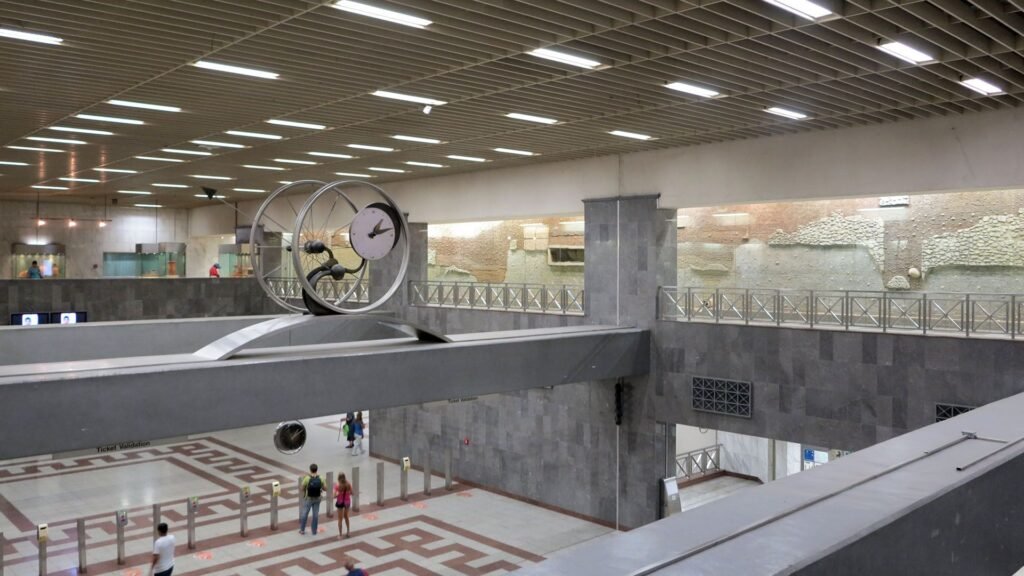
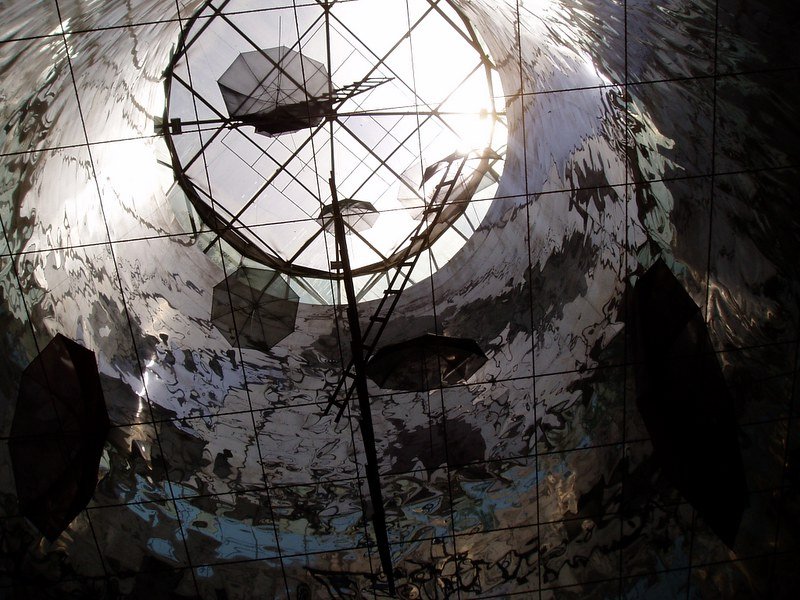
Akropolis Station
Acropolis Station – Yes, the name of this area is characterized. So here we have mythological figures from the eastern pediment of the Parthenon temple. Images of the gods Dionysus, Demeter and her daughter Kore, as well as four horses from the retinue of the god Helios. These sculptures decorate the ticket hall. Interestingly, we can also find ceramics, children’s toys and a perfectly preserved weaving workshop.

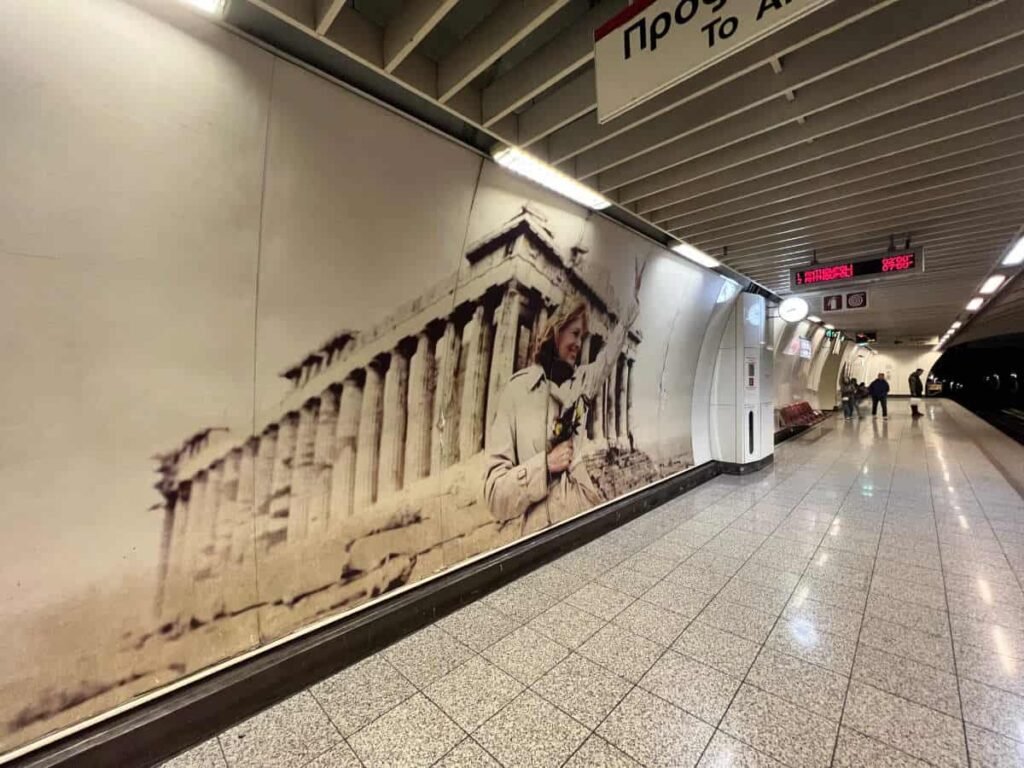
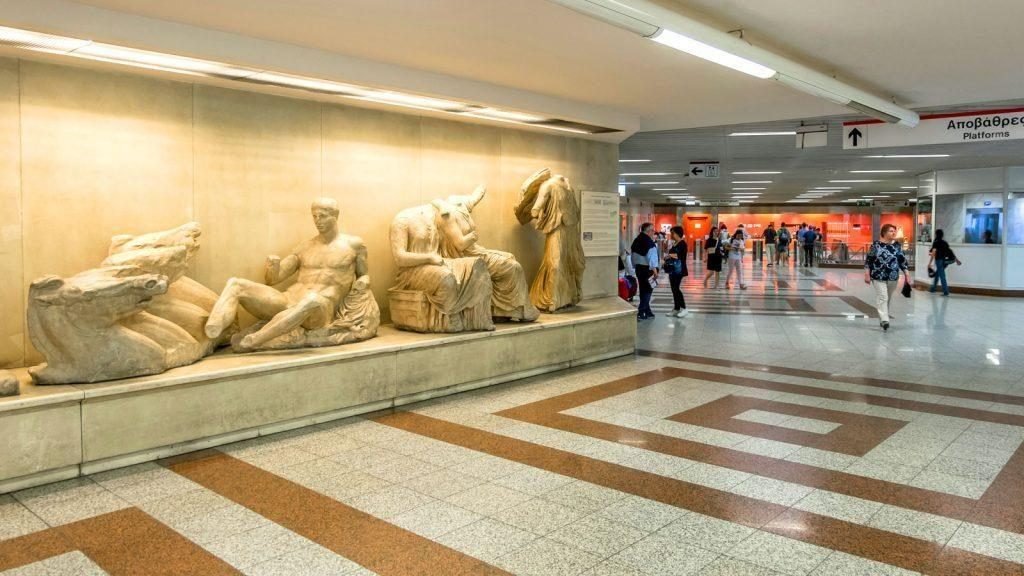
Monastiraki Station
There you will notice a large window that sticks out above the pavement tiles. This opening allows you to look at the monuments located underground. Centuries ago, it was an area in the heart of ancient Athens, through which a river ran. Eridanos still flows through the station, and interested metro passengers can see up close the Roman-era waterworks, the stone canal and its vaulted cover. Information boards placed next to the ruins illustrate the chronology and urban development of this part of the city. When entering the station building from the Hadrian Libraries, it is worth raising your head. On the ceiling we will see a work by the artist Lida Papakonstantinou (born 1945), called Time in My Hands. This installation gives the impression of a giant stained glass window, but in fact it is made of 324 pieces of plexiglass.

